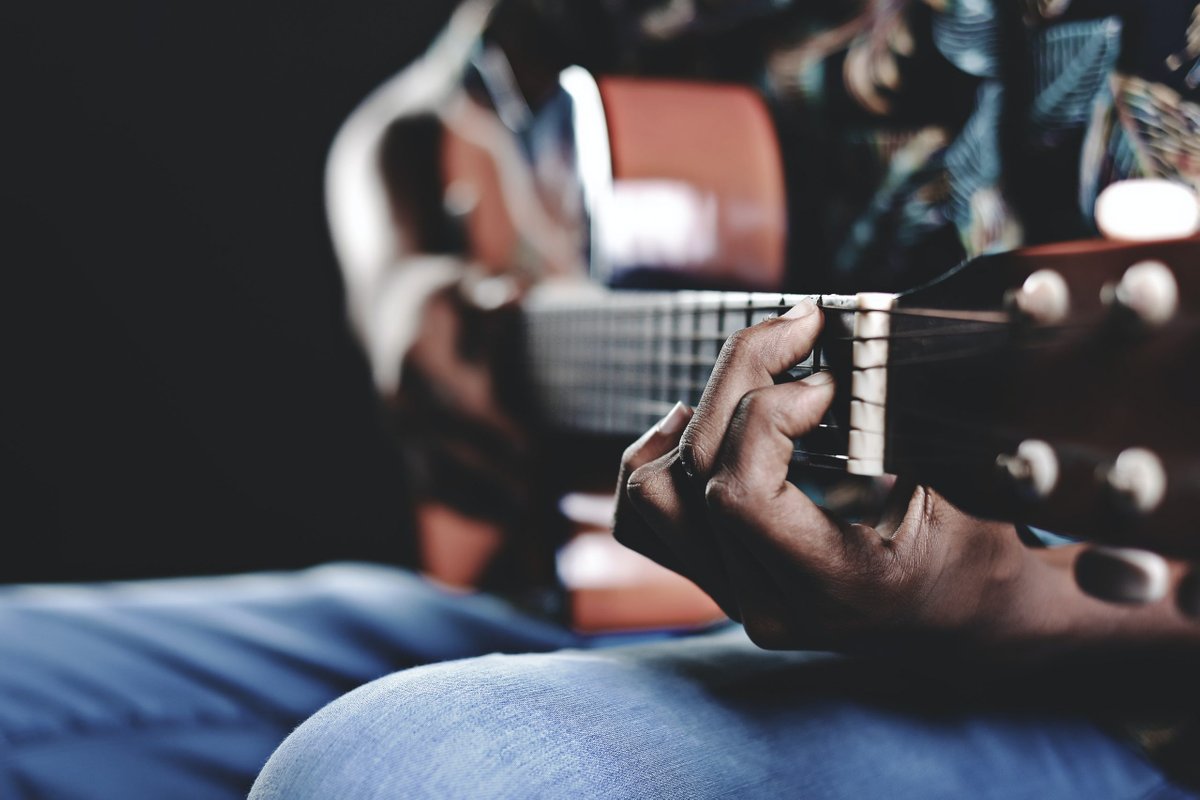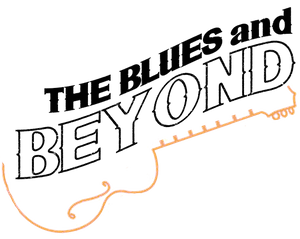

Essential Question:
As African Americans have struggled to overcome injustice and achieve equality, their story has been told many ways. How has music reflected that story and changed the course of American history?
The African American journey in the United States over the past several hundred years is documented by and reflected in the evolution of African American Music. From field hollers and camp meetings to old spirituals to the Blues to the popular genres of today, music is the means by which African Americans have told their story. It is impossible to separate the music from the story, or the story from the music. Understanding this musical history is necessary to appreciate how far we have come as a country, and how far we still have yet to go.
"The Blues & Beyond" Our Story
Book Now
For more information and bookings
contact us to find out more
Now Offering
- TBB for Colleges/Adults.
Contact ejfinland@gmail.comfor more information. - The Blues and Beyond Part 2 (Deeper Dive)
“Music and The Indomitable Human Spirit“ - Live in-person concerts
About
The Blues and Beyond tells the story of African Americans from slavery to present day through music, narration, video and still images. Highlighting both historical and musical legacies, this engaging and entertaining program will leave students profoundly affected and with a new appreciation of how far we’ve come as a country and how far we still have to go. The interdisciplinary and culturally responsive program provides rich opportunities for connecting to history, literacy, social studies, social emotional learning, and the evolution of African American music in the United States. The Blues and Beyond has been developed for three different instructional levels: grades 3-5, grades 6-8 (middle school) and grades 9-12 (high school).
Essential Question
As African Americans have struggled to overcome injustice and achieve equality, their story has been told many ways. How has music reflected that story and changed the course of American history?
Learning Objectives
Upon completion of the program, students will:
- Compare and contrast the way American history has been documented – from white European settlers versus African Americans first brought over as slaves.
- Explore the evolution of African American music and how it gradually entered and influenced popular culture
- Analyze and explain the impact of African American music through different musical genres
- Infer connections and relevance of African American history and music to society today.
Curriculum
The program includes educational resources and suggested activities, both before and after viewing the video presentation, to provide context and enrich understanding. These resources and activities are specifically structured for each of the three levels. Examples include:
- Exploration of key words, events and ideas
- Topics for Guided Discussion
- Texts to read and analyze using The Blues and Beyond as a backdrop
- Listening and reacting to blues music
- Student-written blues lyrics
- Acrostic Poetry
- Video Read-Alouds
- Student-created protest/awareness signs to form a class “quilt”
- Teacher resources include a glossary and connections to
- Common Core Standards and National Standards of the National Association for Music Education.
Implementation
This mini-unit is designed to be taught over 12 class periods. Teachers may choose activities and foster discussions focused on their area of expertise: music, social studies, or ELA. Note: The content of the video for grades 3-5 has been modified to remove some images that may be disturbing for this age group.
Teacher Training Session: Zoom workshop on how to use the program in the classroom.
Class Periods 1-3
- TBB Narrator-led Preview Activities (see Resource Materials area of this web site)
- View Part I of the video presentation and answer the interactive discussion questions via the google questionnaires that are interspersed throughout the video. The narrator will pause the presentation to gather the students’ answers and have a brief discussion.
- View Part II of the video presentation and answer the interactive discussion questions that are interspersed throughout the video. The narrator will pause the presentation to gather the students’ answers and have a brief discussion.
- There is a final assessment after the end of Part II, which may be graded or not. That is left up to the teacher.
Class Periods 4-12
Within the Resource Guide is a complete 12-Part Lesson Plan Outline, which teachers may choose to follow; or they may create their own lesson plans using the many resources provided.
A password is required to access the Resource Materials area of the web site. Please contact the Program Director, Eric Finland, to request a password: ejfinland@gmail.com.
